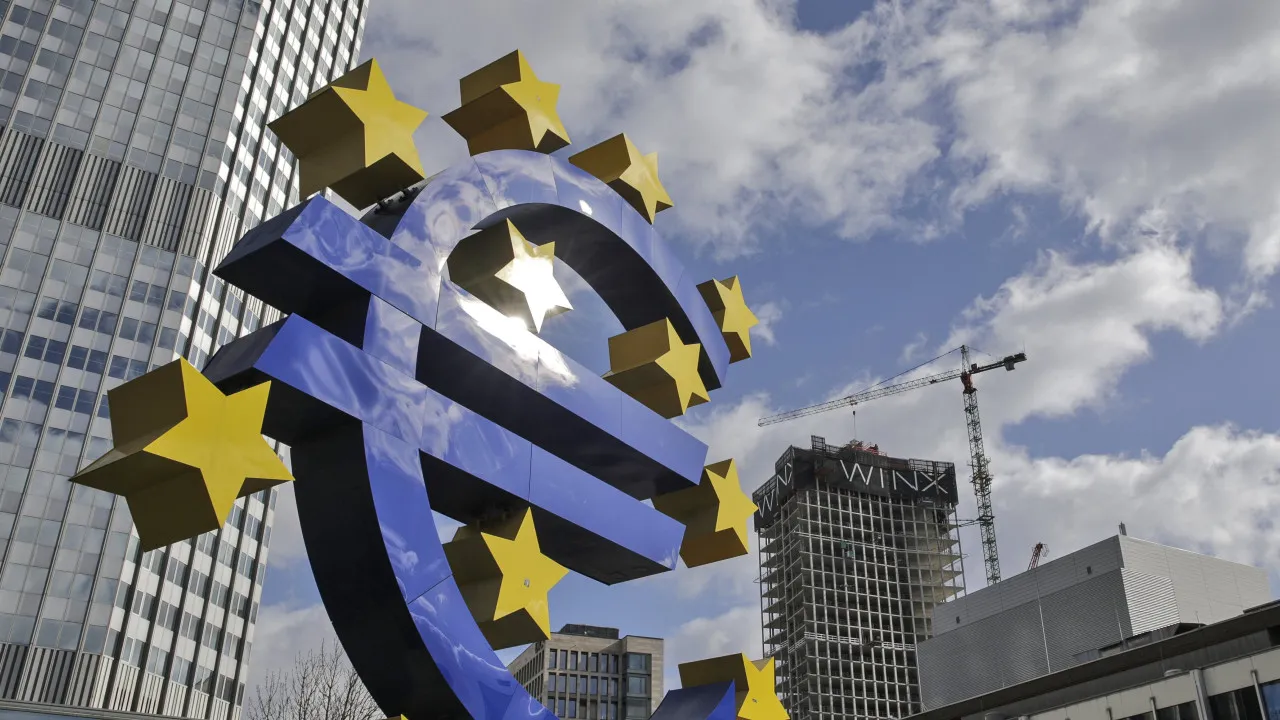
“According to our latest modelling simulations on the impact of customs duties in the United States, the US GDP would decrease between 0.8% to 1.4% by 2027, while the negative impact on the EU would be smaller, around 0.2% of GDP,” stated the European Commissioner for Economy, Valdis Dombrovskis, in Warsaw, Poland.
Speaking at the conclusion of an informal meeting of eurozone finance ministers and before today’s meeting of European economic governance officials, Valdis Dombrovskis added, “If the customs duties are deemed permanent or if new countermeasures are taken, the economic consequences would be more negative, potentially reaching 3.1% to 3.3% for the United States and 0.5% to 0.6% for the EU and 1.2% for global GDP.”
Simultaneously, “global trade would decrease by 7.7% over three years,” he emphasized, in one of Brussels’ initial forecasts on the current transatlantic trade tensions, based on a 25% rate.
However, Valdis Dombrovskis cautioned that “these simulations do not take into account the additional loss of confidence among investors and businesses in the United States’ economy, which could increase the negative impact on GDP.”
Additionally, “given the extraordinary uncertainty and the rapid change in its decisions, our model simulations cannot be entirely accurate, but they demonstrate the general trend that tariffs are detrimental to the economy and prosperity,” he stated.
Eurozone finance ministers discussed today the economic impact of the new US customs tariffs, in a context of relief following the American announcement of a temporary suspension, a pause also adopted by the EU bloc.
Macroeconomic forecasts are being influenced by the protectionist policies of the United States due to the imposition of high tariffs on several blocs, including the EU, which has sparked trade tensions and instability in financial markets, as well as fears of economic slowdown and persistent inflation.




